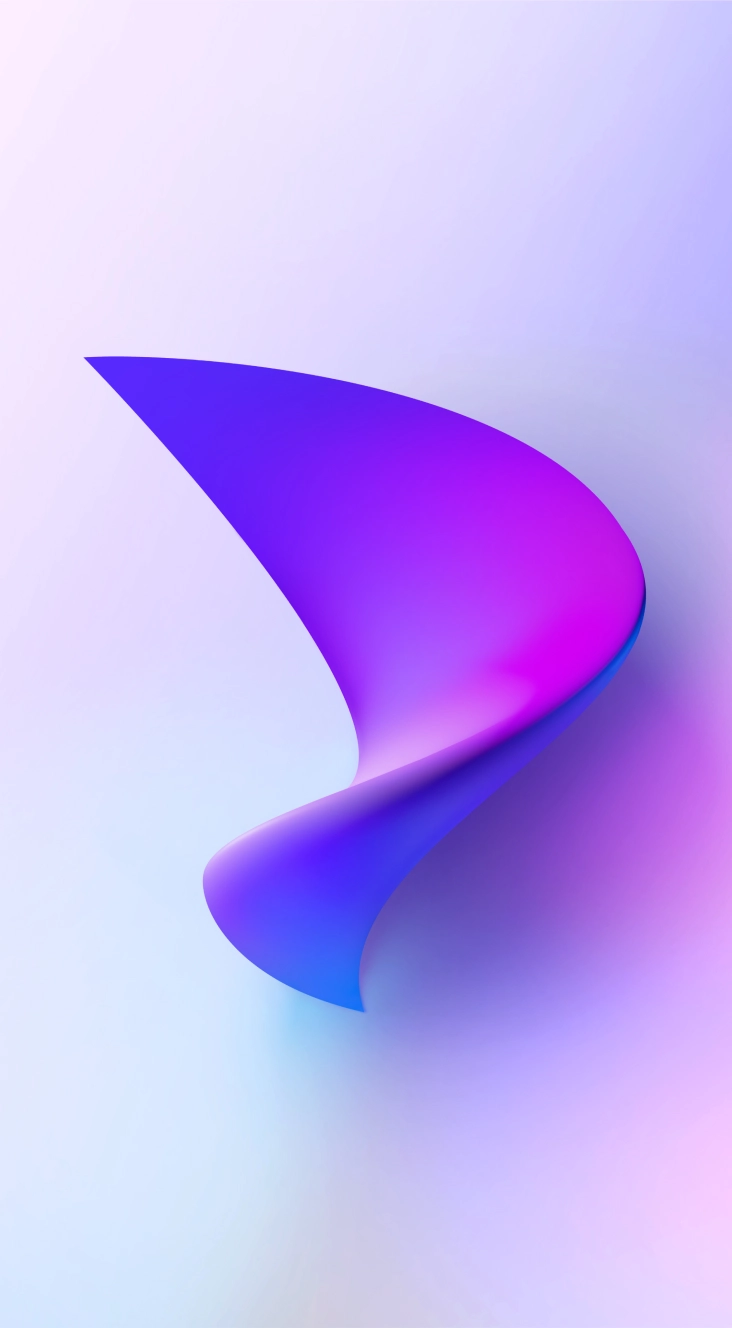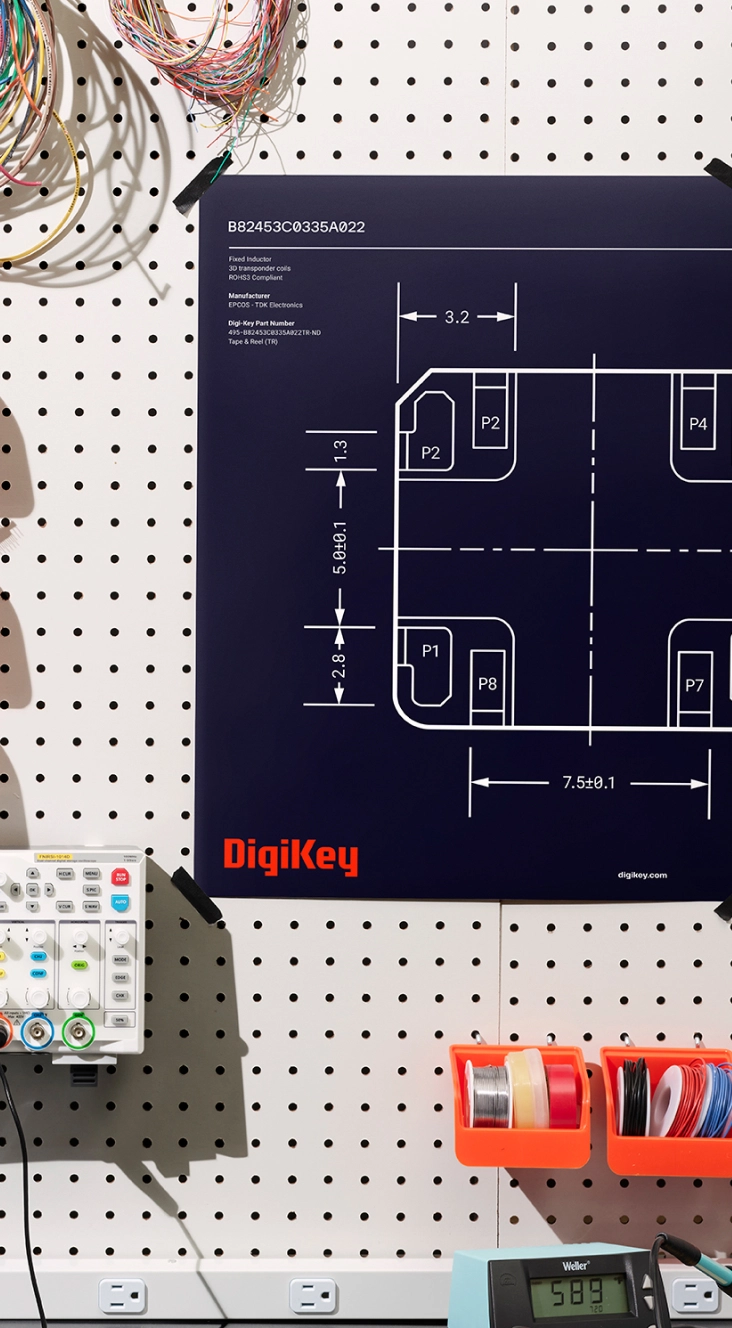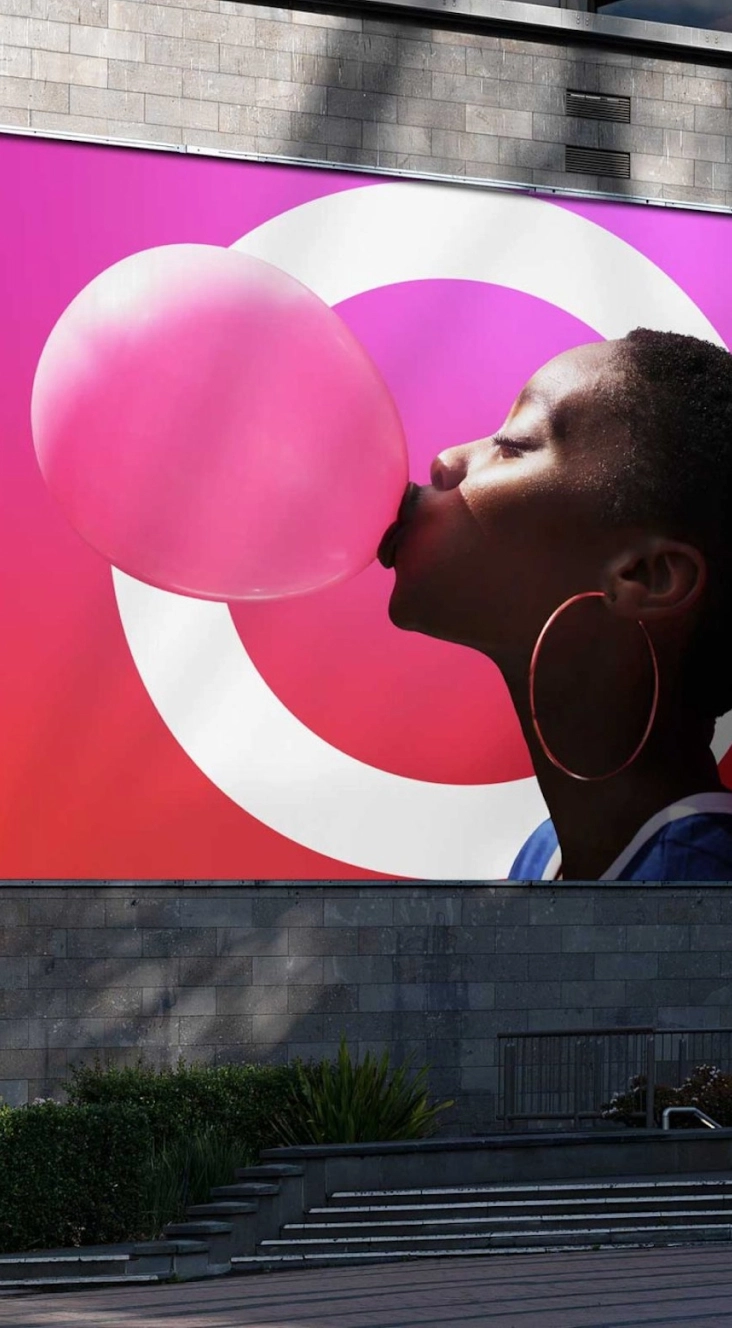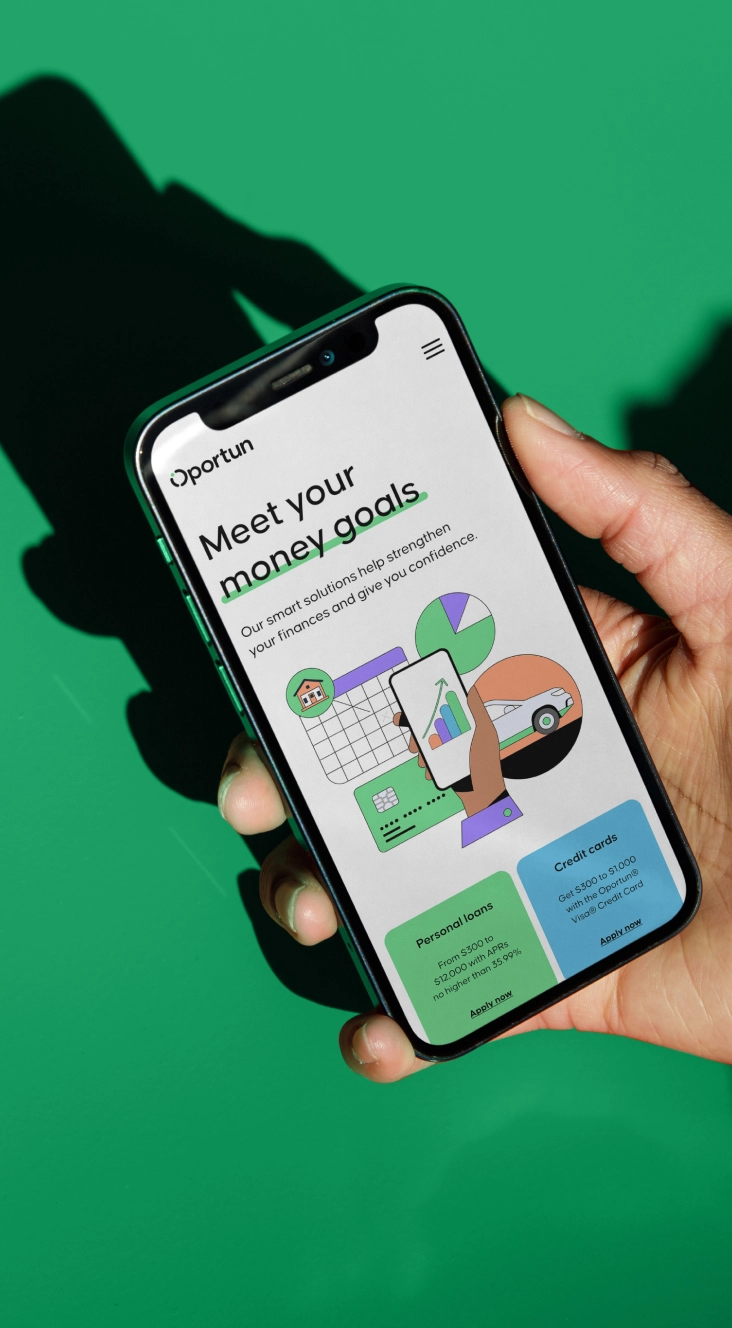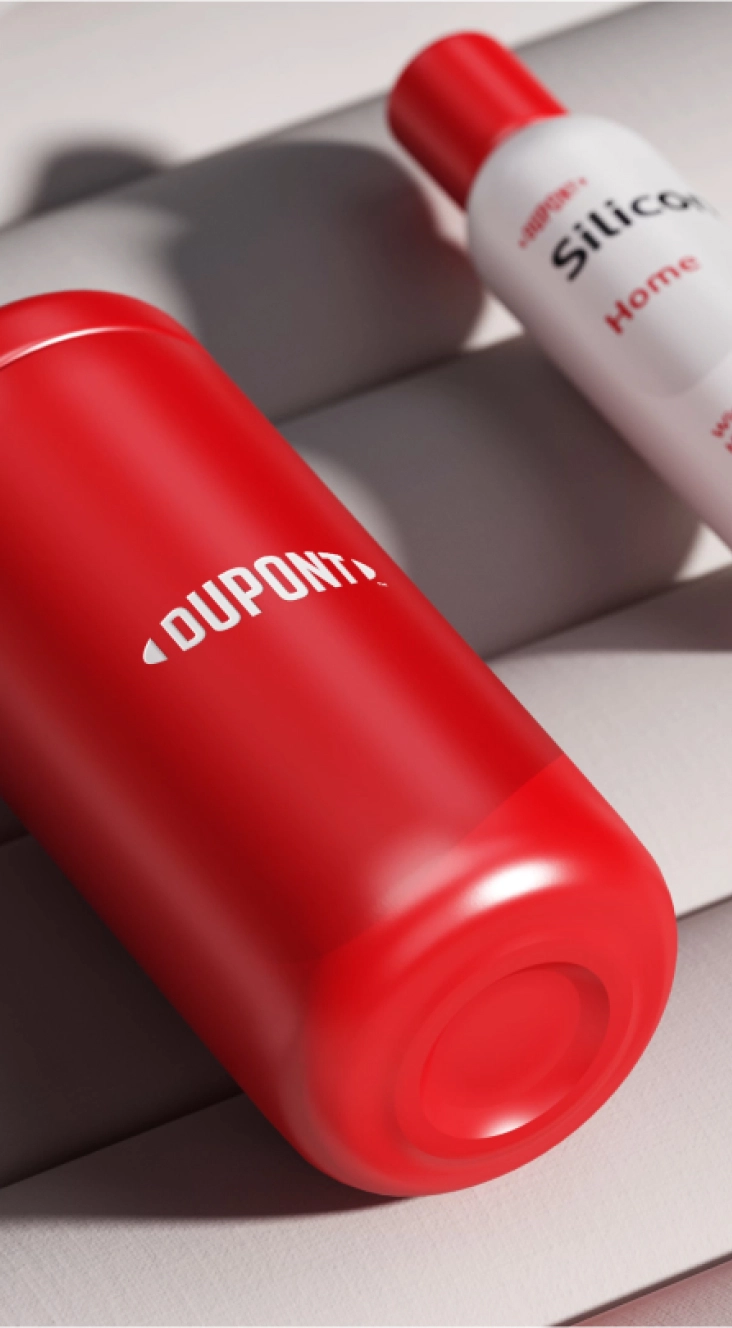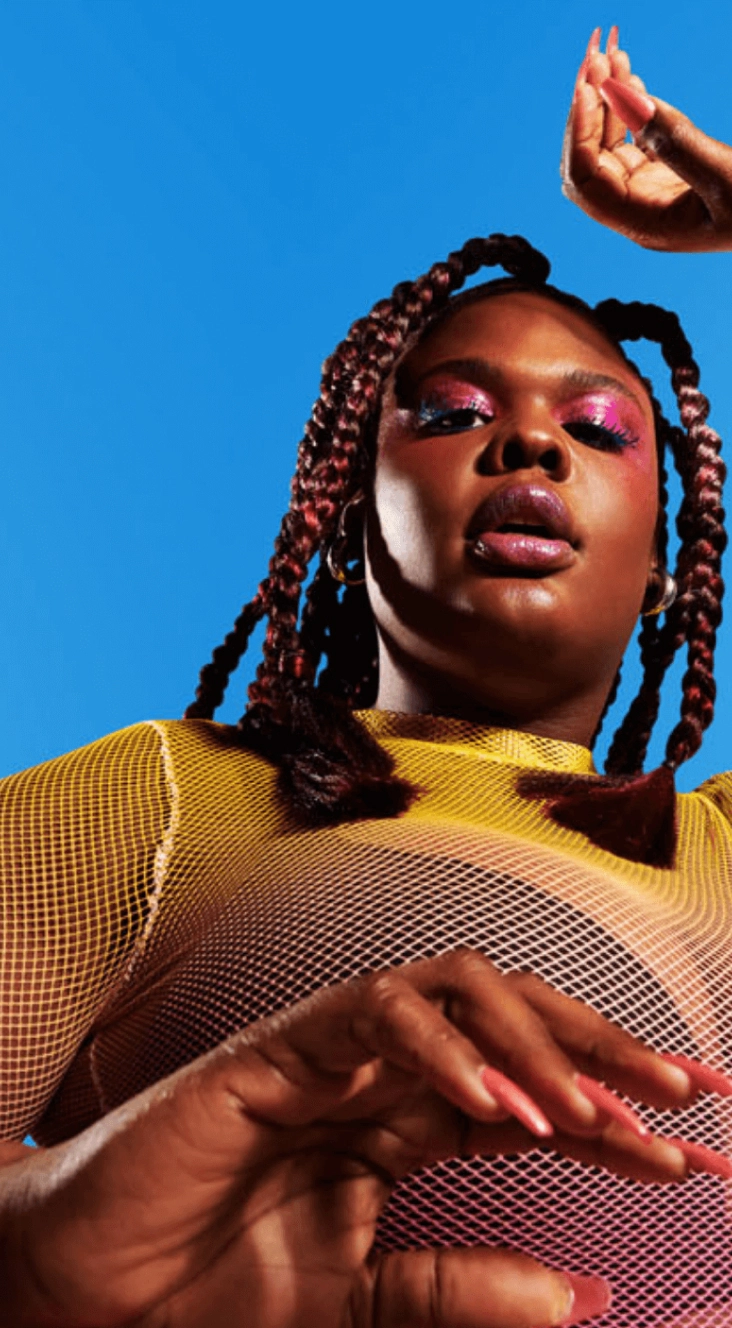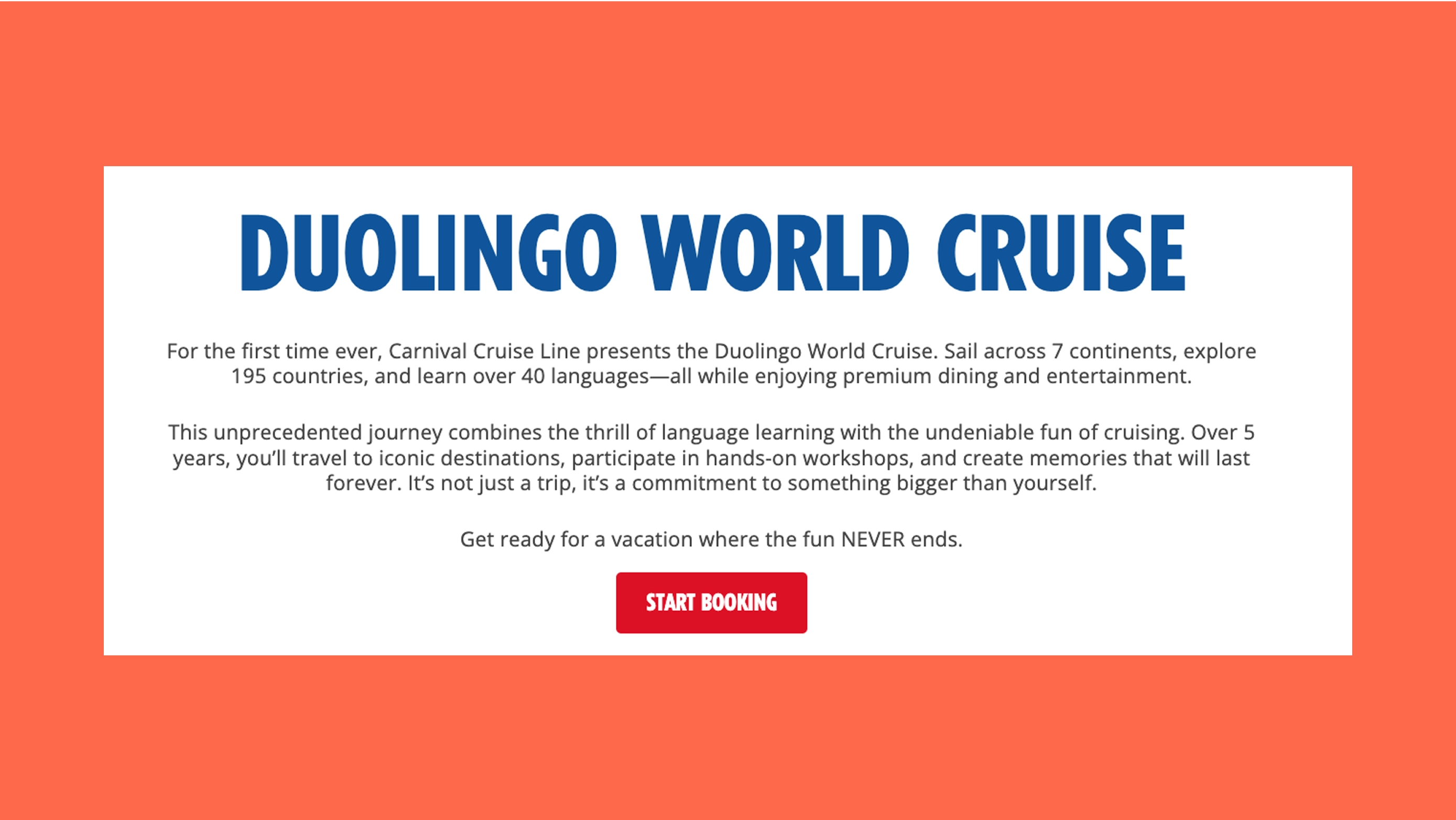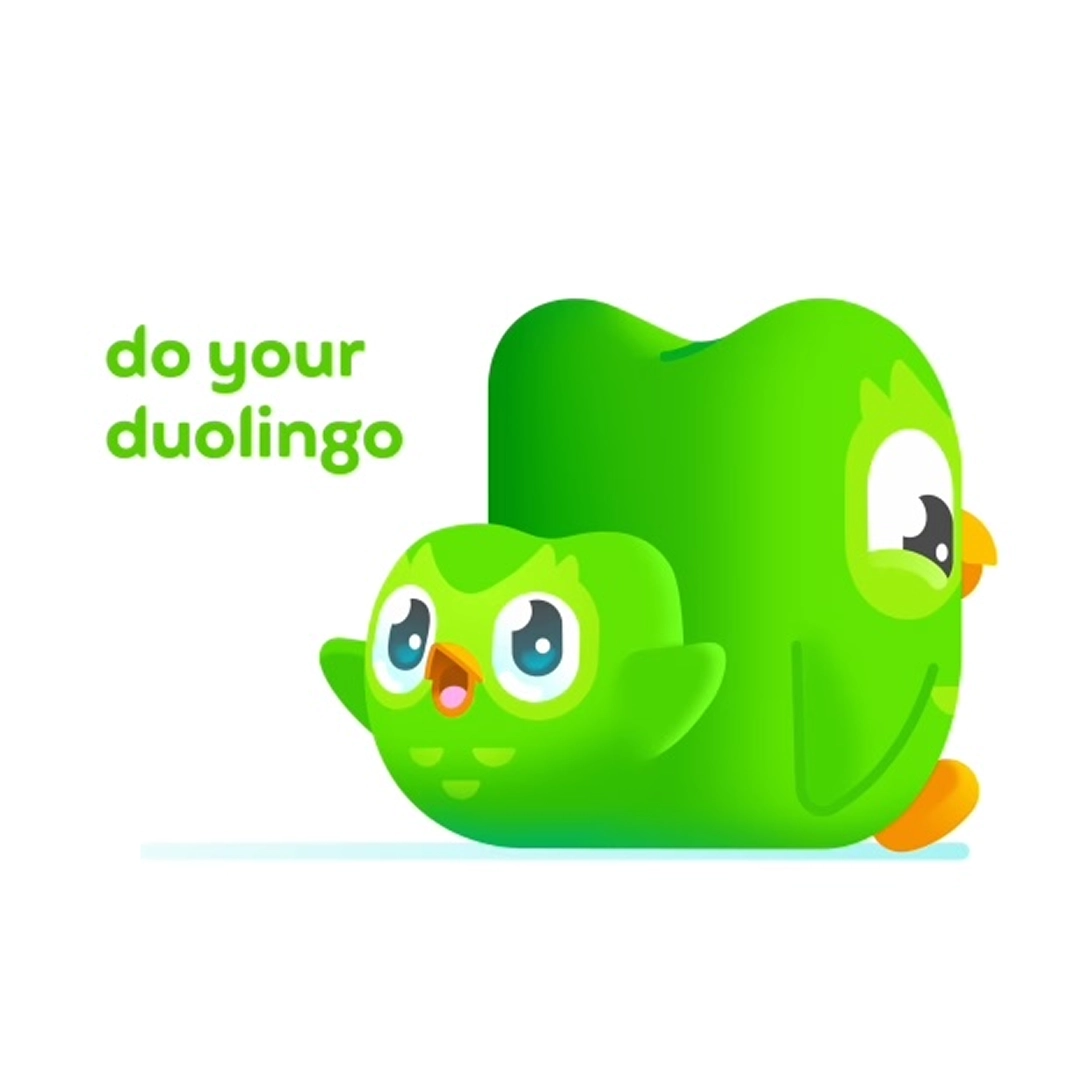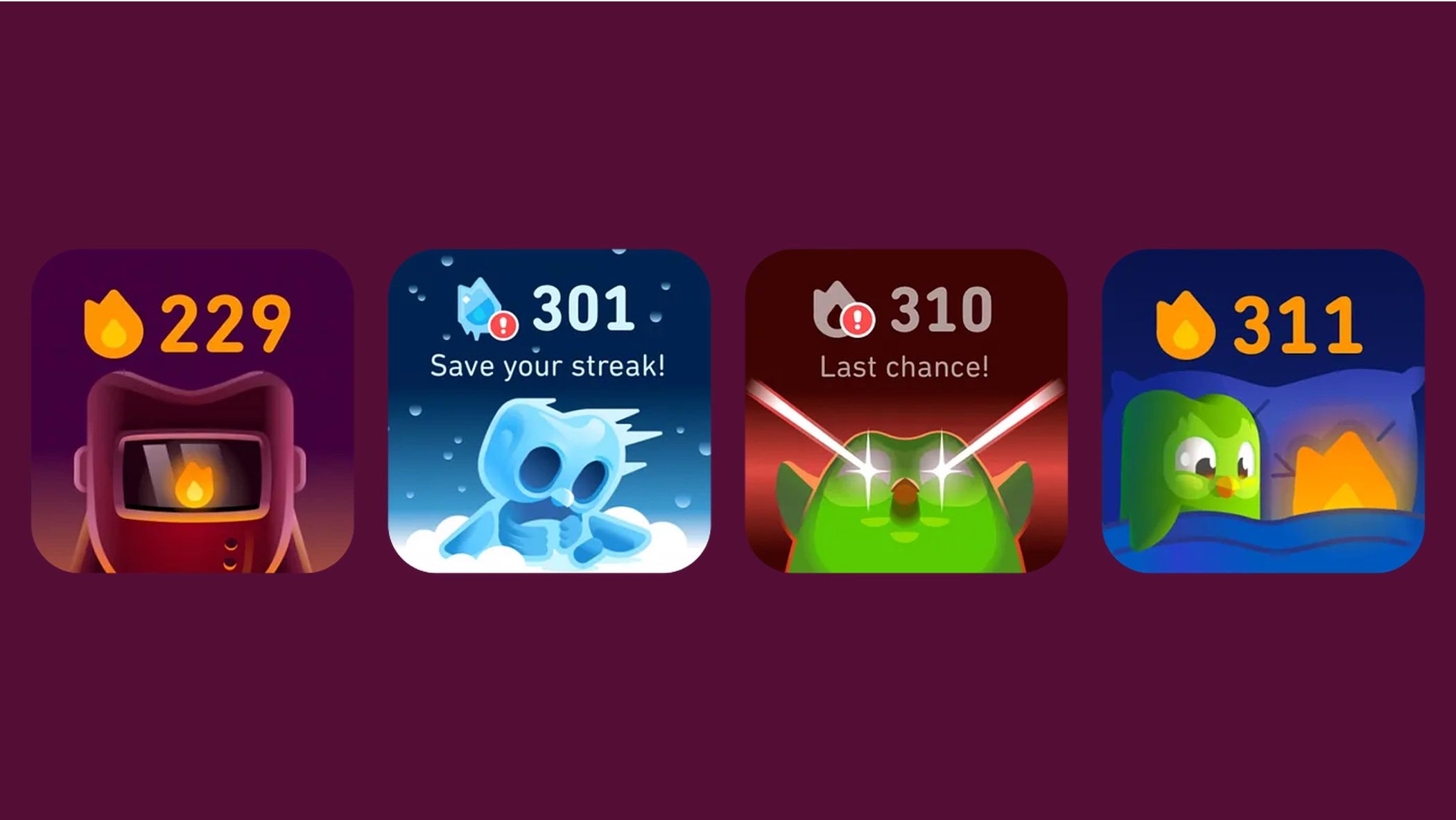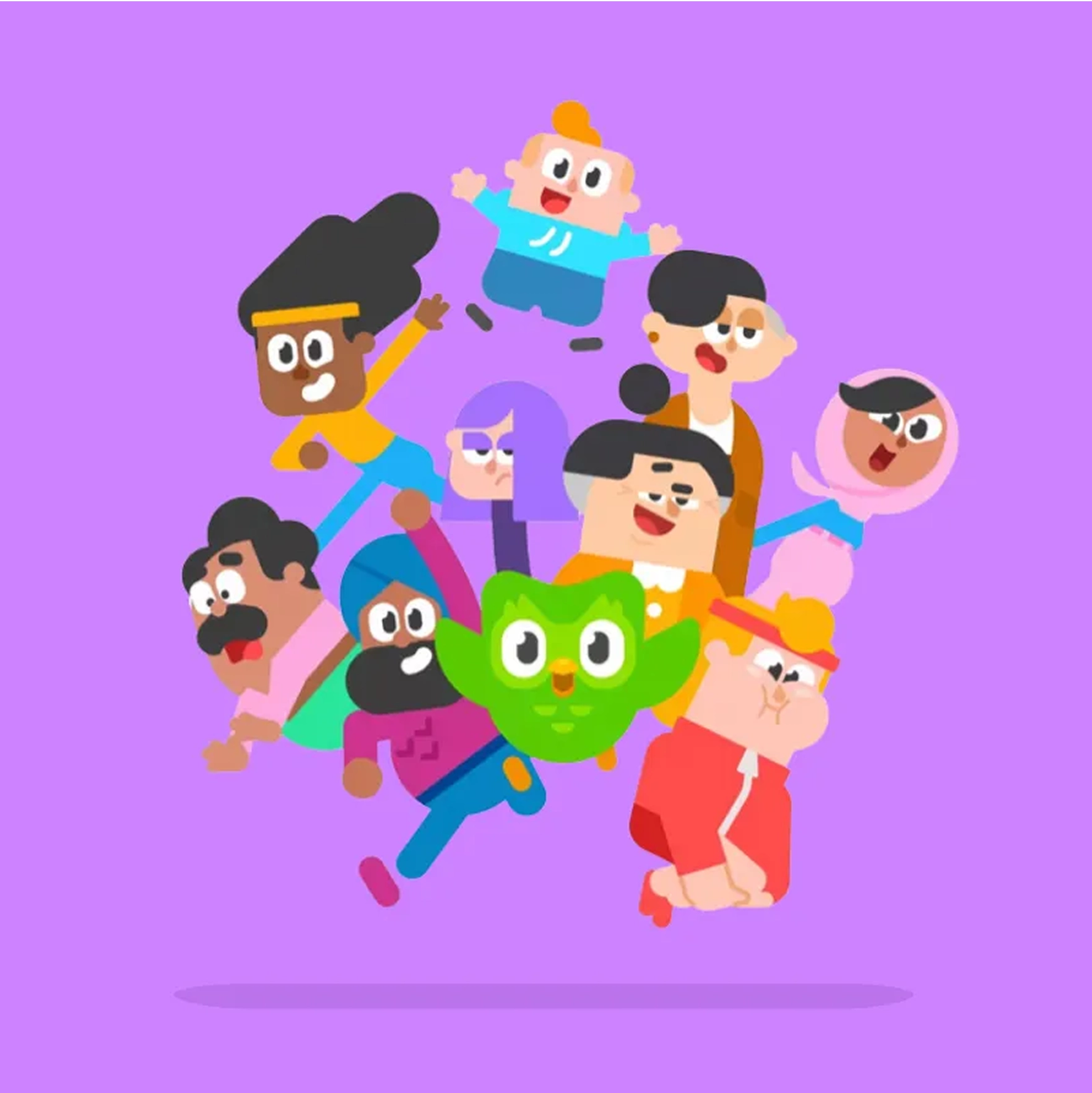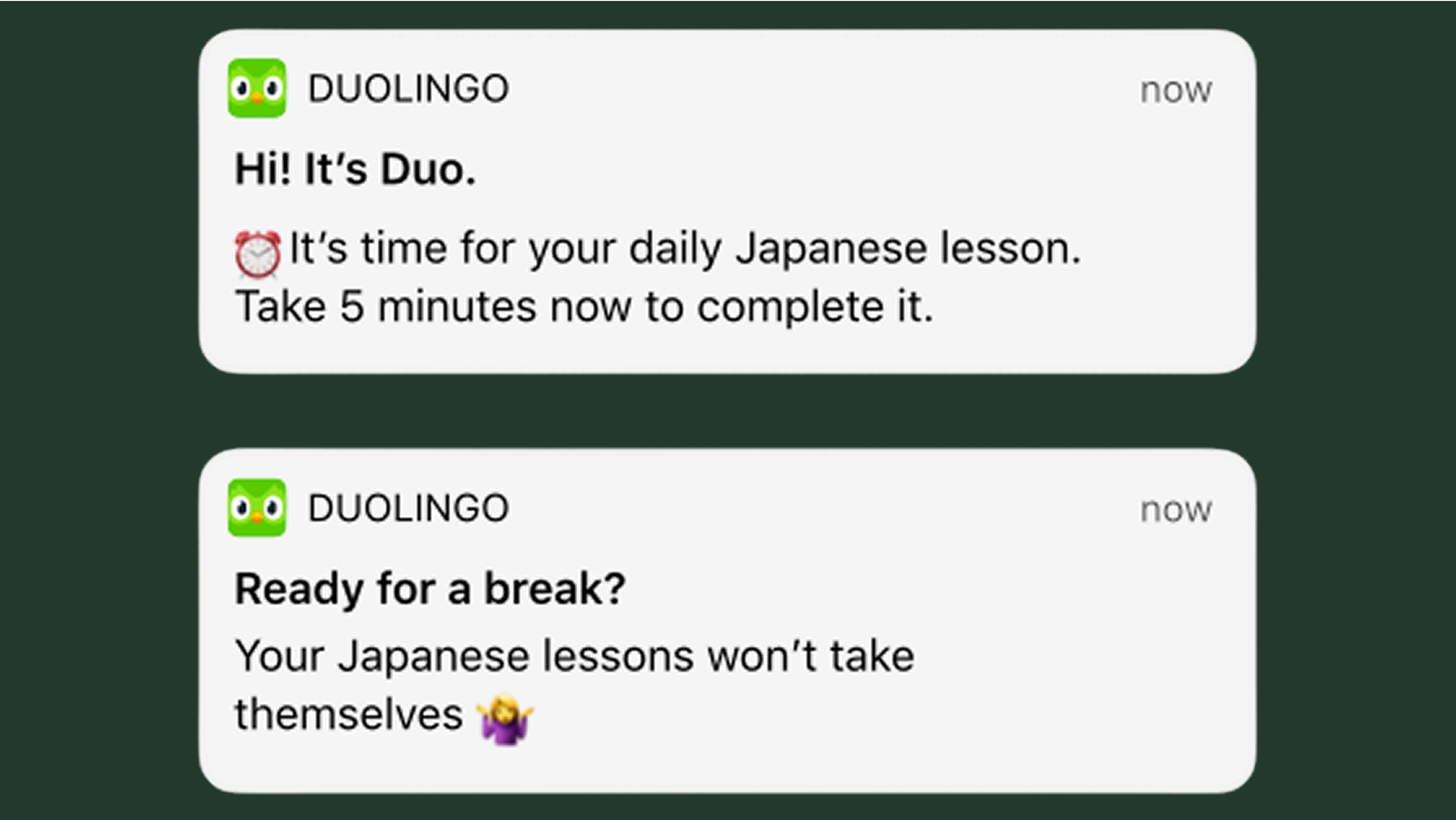Go-to Brand Spotlight: Duolingo
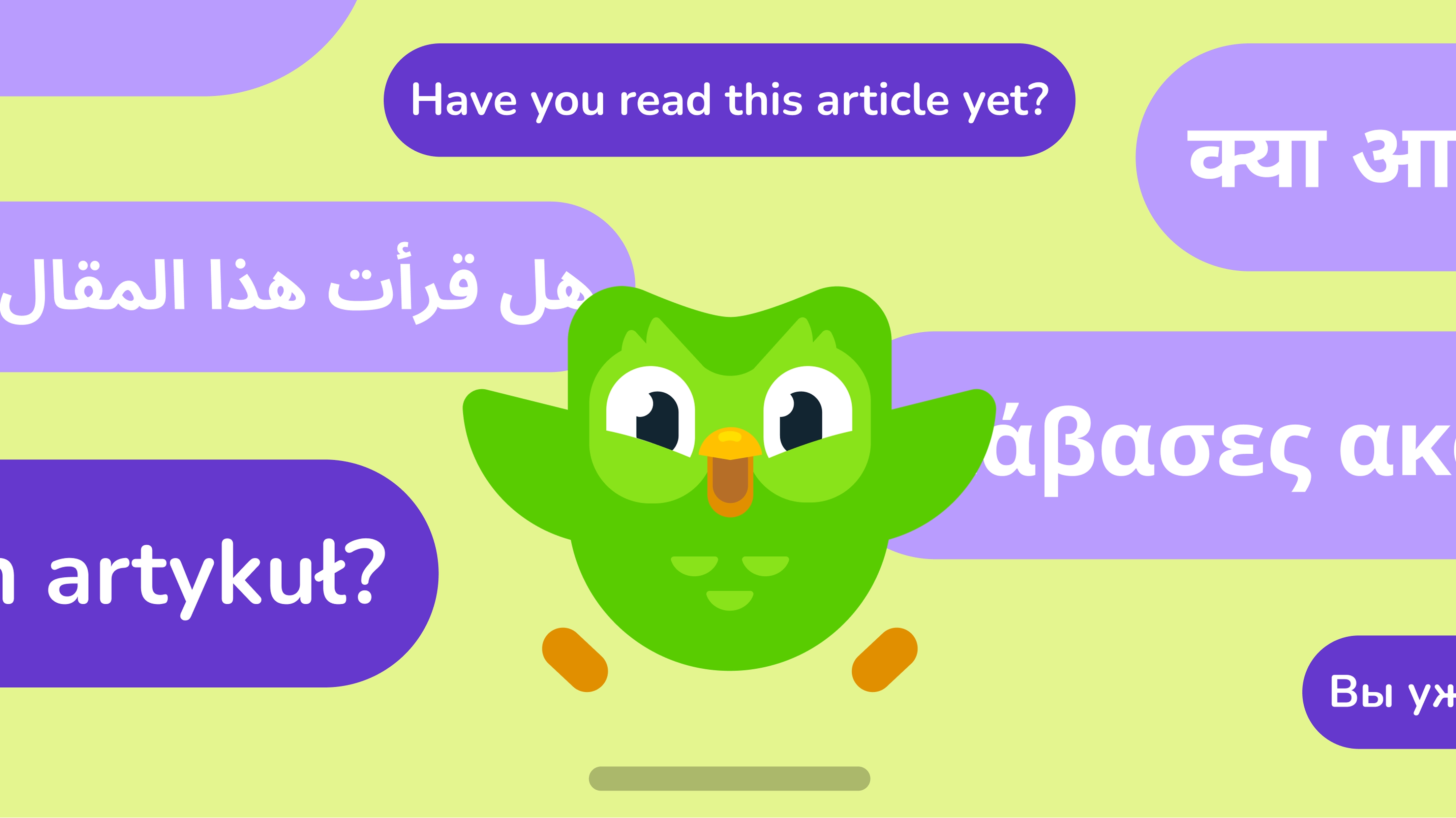
This is the fifth entry in a spotlight series exploring how brands become “Go-to.” Go-to Brands are the ones we love for how they relate to us and improve our lives. They aren’t institutions forcing themselves into our world—they’re agents we invite in. And they earn 5x average revenue growth over transactional peers. They excel in two key dimensions: (1) fostering connection and (2) enabling progress. Let’s explore what we can learn from Duolingo’s path to “Go-to.”
Duolingo didn't just teach us how to say "where are you from" in 35 languages—it taught marketers how to show up, stand out, and be unforgettable. In an era where consumers swipe past brands without a second thought, Duolingo turned a green owl into a cultural icon, built a global learning community, and held our attention like a video game. It's the brand people talk about at parties and boardrooms, follow on TikTok and LinkedIn—a brand people hate to love, love to hate, laugh along with, and sometimes even fear a little.
By reframing education as entertainment, Duolingo became one of the boldest, quirkiest, and most consistently engaging brands of the 21st century.
But behind the memes and PR stunts lies a bigger story. Duolingo exemplifies the power of two critical dimensions that define Go-to Brands: fostering connection and enabling progress. Whether it's the owl guilt-tripping you into practicing German or AI that adapts your lessons in real time, Duolingo merges storytelling with science, personality with product, and humor with habit-forming design.
So how does Duolingo blend brand personality, psychology, and technology to succeed as a Go-to Brand—and when does the owl risk flying too close to the sun?
Duolingo’s “wholesome and unhinged” vibe isn’t accidental. It’s a deliberate strategy. The brand knows the relationship it wants with its audience: playful, a bit chaotic, and fun. Its social-first, humor-driven approach is a performance—and the green owl is its star.
Duolingo lives for the bit. Consider their 2025 World Cruise April Fool's stunt. Fake press releases and official-looking landing pages showcased a (completely made up) five-year luxury voyage where passengers learn languages while circling the globe.
Or their five-second Super Bowl ad where Duo simply farted on screen and told users to get back to their lessons. Absurd? Yes. Effective? Absolutely. While others spend millions on polished campaigns, Duolingo cuts through the noise with avant-garde tactics (that's French for "cool and weird") that spark curiosity, intrigue, and a good laugh. For a brand competing against TikTok and Instagram for attention, that’s the point.
Duolingo thrives on tension—charming but chaotic, motivational but mildly menacing. The passive-aggressive push notifications, TikToks of Duo stalking users like a guilt-tripping ghost—these aren’t just gimmicks, they’re extensions to a brand persona. A clingy, melodramatic bird that transformed internet mockery into fandom. The threat of what would happen if users missed a lesson became a bit, the bit became a character, and that character became a story users wanted to be part of.
Even when Duolingo courts controversy—like the “Duo in jail” meme that faced criticism for trivializing incarceration—the brand uses tone, timing, and self-awareness to stay on the right side of the line. Rather than apologizing, they released a playful TikTok framing the situation as “Duo’s arrest for slaying too hard.” The result? A brand that feels bold, human, and strangely lovable—even when guilt-tripping you at 9PM.
But the real magic isn’t just the humor—it’s the character. Duo is more than a logo; he’s a personality. Lore, sass, mood swings, fan fiction, sidekicks—it all builds a universe around him.
That personality extends to:
- In-app characters (shoutout Lily and her legendary eye-rolls)
- Weird yet delightful sentence prompts (Because when will you need to say “My dog is wearing shoes” in Korean?)
- Animated app widgets and personalized avatars
Together, these elements aren’t just features—they make users feel something. In a doomscroll world, moments of absurd joy shine through, whether it’s a fake Duolingo musical trailer or sending owl mascots to Charli XCX concerts. They make you smile, feel part of something, and remind us that learning—and brands—can be delightful, not draining.
Duolingo doesn’t stop at content. The app’s features—friend streaks, XP leagues, leaderboards, and team quests—turn solo study into a shared experience. You’re not just learning. You’re competing, collaborating, and holding each other accountable, forming a community all in one.
Psychologically, it works. Watching a friend’s 45-day streak climb higher? That lights a fire. Suddenly, language learning isn’t homework. It’s a healthy addiction or social survival, à la Snapchat streaks and Pokémon Go (“Gotta catch ‘em all!" ).
This sense of community and social proof makes Duolingo sticky. You’re not just on the app for yourself; you’re showing up for others. That’s connection—and it’s why people keep coming back.
Behind the memes lies some serious tech.
BirdBrain, Duolingo’s AI engine, adapts lessons in real time. Nailing conjugations? It gets harder. Struggling with vocab? It loops back. AI-powered features like Explain My Answer and Adventures simulate real-world conversations, turning drills into dynamic, immersive learning. It’s learning that feels alive: fresh, responsive, and endlessly surprising. And in a space where boredom kills progress, agility and relevance matter.
Duolingo is a masterclass in habit formation. It uses the classic cue-routine-reward loop:
- Cues: push notifications
- Routines: daily lessons
- Rewards: XP, badges, animated praise
That “You’re on fire!” message? Not just cute – it’s cognitive reinforcement to show tangible progress.
The app taps into psychological triggers like the goal gradient effect—we’re more motivated by what’s left than what’s already achieved. “You’re 5 days away from a 100-day streak!” isn’t just encouragement—it’s strategic manipulation. Even Duo’s guilt trips (“You made Duo sad”) play on loss aversion—the pain of losing what you’ve earned. Now, skipping a lesson isn’t just losing your streak but losing progress you’ve worked for.
Is it manipulative? Kind of. In fact, it’s powerful. With over 9 million users on year-long streaks, Duolingo isn’t just driving engagement—it’s shaping behavior and integrating into lives.
Beneath the humor lies a serious mission: make education free and accessible to everyone.
That’s not just a tagline. The app is free. The content is rich. The goal is clear: replicate the private tutor experience at zero cost, for anyone, anywhere. With over 35 languages and 500 million users, it’s more than a viral brand. From kids in Brazil learning English to apply to college, to a native New Yorker learning Mandarin to talk to her grandmother, Duolingo is a vehicle for change.
That’s what makes the brand special. Every over-the-top stunt has a quiet message underneath: keep going, keep learning, you’ve got this. Behind the chaos is a very real truth: Duolingo believes in its learners. And they believe back.
Ultimately, Duolingo didn’t become a Go-to Brand by selling education. It built a world – one users live in, laugh at, compete in, and come back to.
It’s not just a brand people want to “Go to.”
It’s a brand people bring along with them.
Duolingo is a case study in modern brand mastery, proving that:
- Entertainment = strategy: In a sea of utility, emotion wins. Make people feel something and they’ll stick around.
- Character beats equity: Brands with personality get remembered. Brands with opinions get followed.
- Improving drives relevance: Great brands never stop learning, flexing, testing, and evolving.
- Boldness doesn’t mean reckless: Humor grabs attention; empathy keeps it. Tone is everything.
- Community fuels growth: Make people feel like insiders, and they’ll amplify your message.

